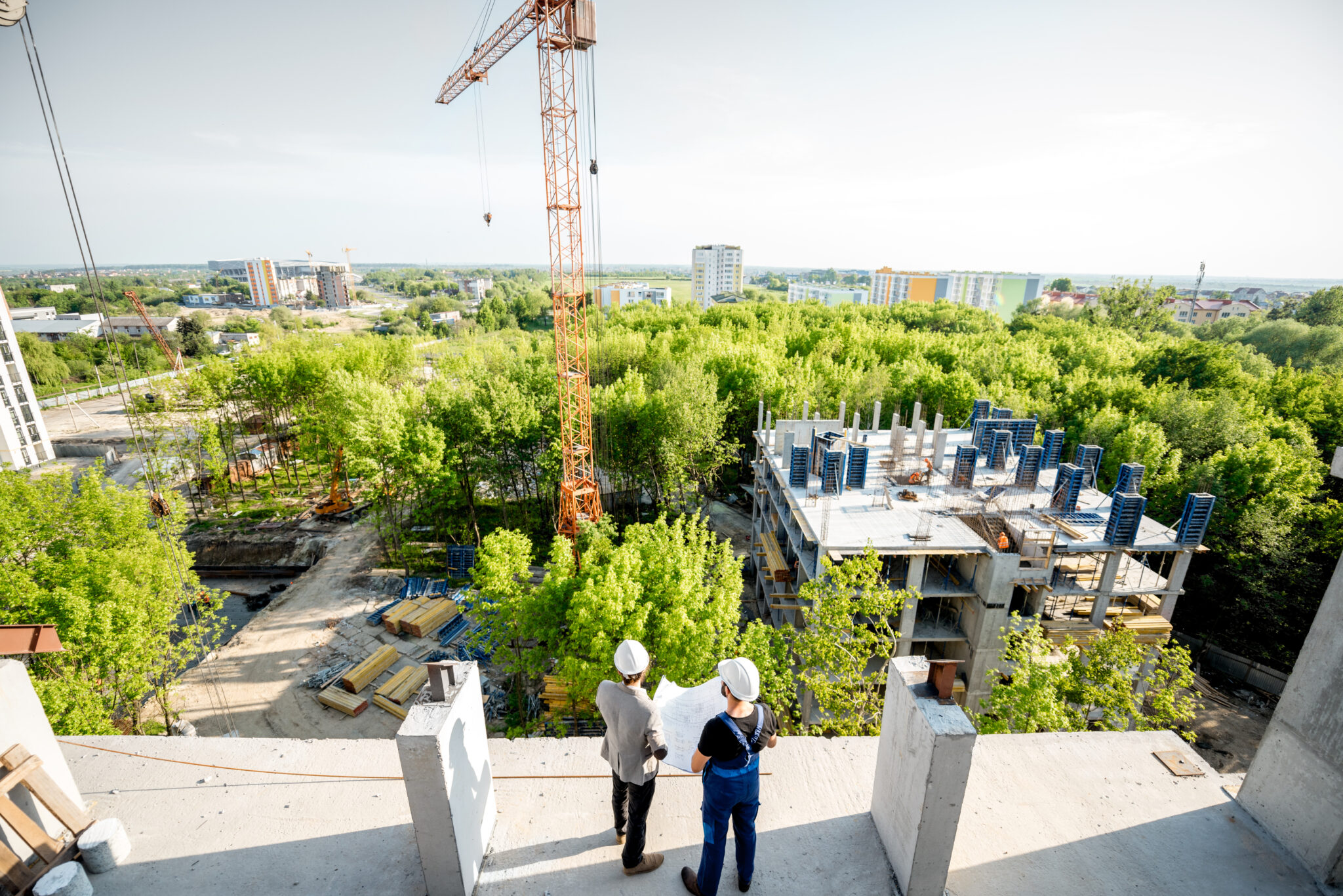How Recycled Tires Are Used to Reinforce Concrete
Although there have been cases of concrete structures lasting centuries (like the Colosseum), concrete produced today will realistically last around up to 50 years depending on the mix design, the reinforcement, the placement, and exposure conditions. The fact is that concrete can last much longer with the proper contents, curing, and balance of materials.
Explore 12 Futuristic Technology Trends Solving Concrete's Biggest Challenges.
What Is The Method of Using Recycled Tires in Concrete?
In an effort to improve the durability and resilience of concrete, researchers have attempted to use recycled rubber within concrete mixes. The result of this has been positive, stating this mix can help extend the lifespan of concrete structures, roads and bridges, as well as reduce landfill waste of car tires.
How It Works
Polymer fibres from rubber tires acts as a binding agent that dramatically reduces the development of cracking. The tires are finely shredded and included in the concrete mix. The ideal mix consists of 0.35% of the tire fibres. Although asphalt roads have used this method in the past, when used in concrete mix, the rubber fibres create a more resilient and longer-lasting concrete.
Benefits
The biggest benefit to a more resilient concrete is the reduced amount of cracking in concrete structures, roads, or bridges. It is also important to recognize the use of recycling tires to improve the lasting quality of the structure. The majority of scrap tires would otherwise end up in a landfill. It is said that there can be up to three billion kilograms of tires being recycled each year, in comparison to almost six billion cubic metres of concrete being used. If this is the case, polymer fibres from recycled tires can be used in all concrete mixes.
Still Unsure?
In a lab test done by UBC Civil Engineering, concrete that uses polymer fibres show less than 90% crack formation in the concrete compared to regular mixes. To test this new concrete mix method, the hardening and crack formation was evaluated using wireless smart sensors embedded in the concrete. These sensors can monitor the concrete properties once poured, throughout the hardening process and once hardened, all in real time.









2 Responses
This is so helpful especially for my high school science project. Thank you so much.
Can this process be practiced in Nigeria?